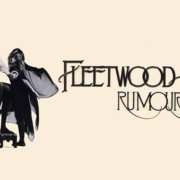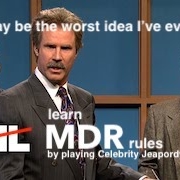MR Homes
I hadn’t seen Mike in ten years. His hair had receeded farther back on his head, and was completely grey now. His eyes were bloodshot and puffy. He choked on tears as he asked, “What have you learned about all this?” as he swept his hands across Wendy’s kitchen.
Read more








